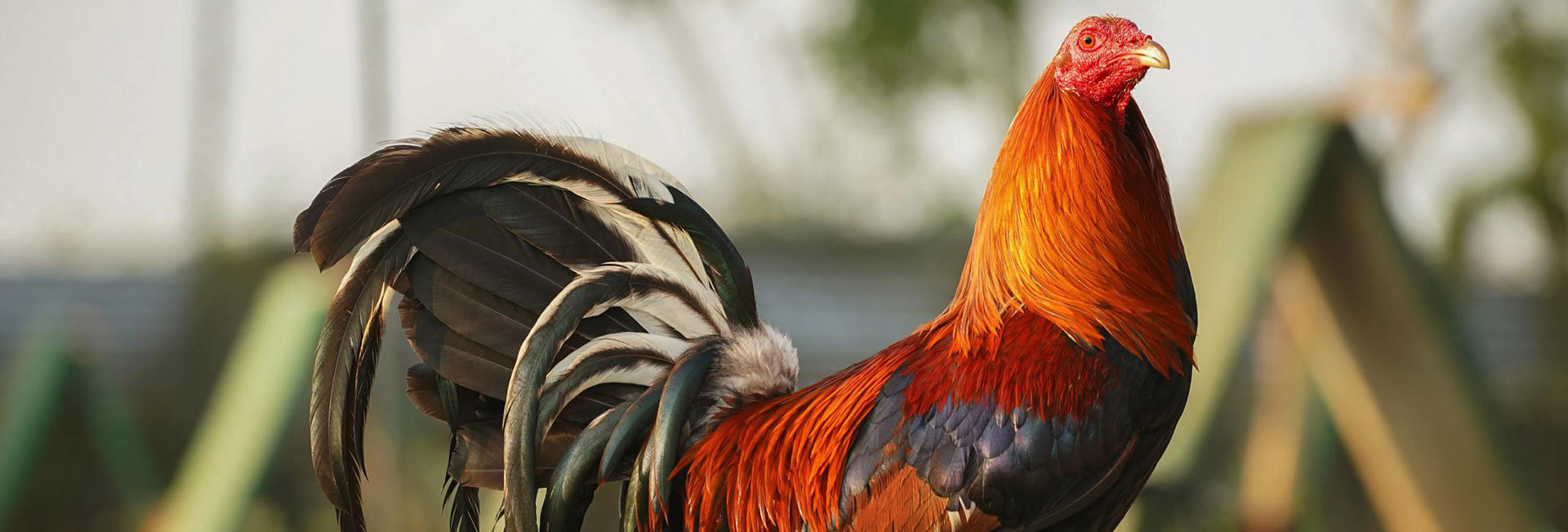BIOSECURITY MEASURES FOR YOUR GAMEFARM
1. TRAFFIC CONTROL FOR BOTH PEOPLE AND ANIMALS
- Limit the number of visitors to the farm.
- Log visitors and indicate last farm visited.
- Farm must be fenced.
- Hang a biosecurity sign or NO AUTHORIZED ENTRY sign at the gate.
- Doors to each house may be kept locked to reduced unauthorized entry.
- Visit farms or houses in order from youngest to oldest flock.
- Visit sick flock last.
2. CLEANING AND DISINFECTION
- Clean and disinfect houses before arrival of new batch of birds.
- Remove unnecessary equipment inside the farm.
- Farm workers should shower and wear clean clothes to work.
- Make a habit of hand washing.
- Footwear should be dipped in the footbath between each house
- No sharing of farm equipment.
- Disinfect as early as possibly after houses are cleared.
- Use approved disinfection program
- Be systematic and thorough in disinfecting buildings, feed bodega, workers quarters, area around the buildings, water circuits, vectors – where insects and rodents are.
- Check quality of water.
3. FARM ISOLATION
- Assign a holding area for incoming birds and quarantine.
- Fence the perimeter of the farm.
- Do not use open bodies of water such as a pond or lake as a source.
- Farm should be 0.5km radius away from another farm.
4. RODENT AND INSECT CONTROL
- Miminize animal activity around the poultry houses. This include pets, wild animals, and other farm animals.
- No mixing of animal species.
- Minimize feed spillage.
- Set up rodent tarps in necessary.
- Protect against predators.
5. VACCINATION
- The administration of antigenic material (a vaccine) to stimulate an individual’s immune system to develop adaptive immunity to a pathogen.
- An ideal way of protecting the flock from viral and some bacterial diseases.

